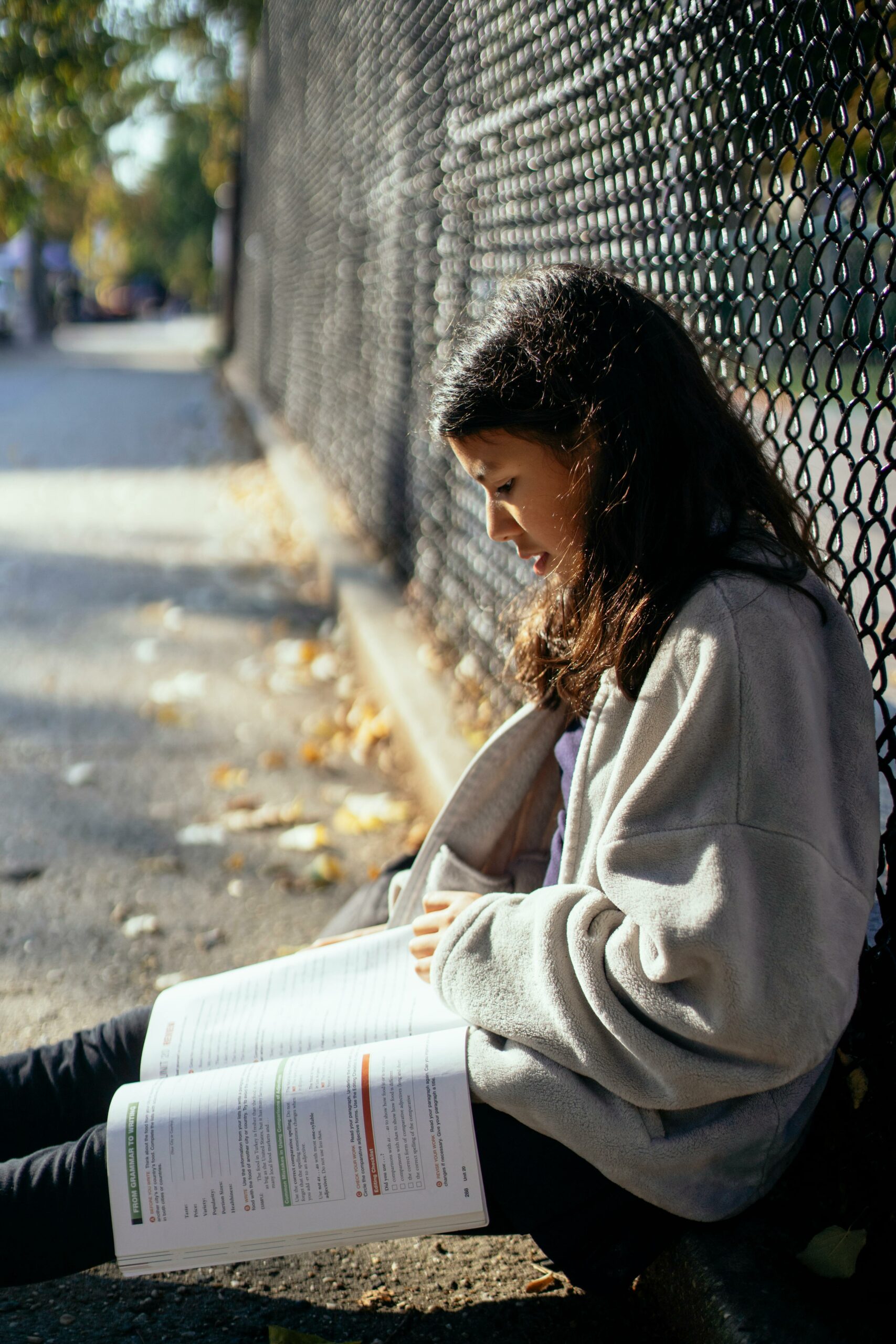Chapter 13. Motivation
MO.1: Case Study – 15-year-old Robyn Wants to Quit School
Approximate reading time: 3 minutes
Robyn, a 15-year-old student at an inner city school, is contemplating leaving school. They face numerous challenges, both in their personal life and in their community, which make staying in school a difficult choice. However, Principal Singh, who has a keen interest in student welfare and a background in understanding motivational strategies, steps in with a plan to encourage Robyn to continue their education.

Principal Singh’s Interventions
- Building a Personal Connection: Takes the time to get to know Robyn, showing genuine interest in their life and experiences. This approach is crucial in establishing trust and respect, which are foundational for intrinsic motivation (Niemiec & Ryan, 2009).
- Providing Autonomy in Learning: Allows Robyn to have a say in their learning process and choices, thereby fostering a sense of ownership and control over their education (Deci et al., 1999).
- Integrating Relevant Curriculum: Incorporates topics and projects that align with Robyn’s interests and life experiences, making learning more relevant and engaging for them (Ryan & Deci, 2020).
- Offering Praise and Encouragement: Focuses on Robyn’s efforts and progress, rather than solely on achievements, to enhance their intrinsic motivation (Cameron & Pierce, 1994).
- Creating a Sense of Belonging: Encourages Robyn to participate in school clubs or teams that align with their interests, fostering a community feeling within the school (Osterman, 2000).
- Setting Achievable Challenges: Provides tasks that are challenging yet attainable, ensuring Robyn feels a sense of accomplishment and competence (Ryan & Deci, 2000).
- De-emphasising Evaluative Pressure: Reduces the focus on grades and tests, and instead emphasises learning and growth, to alleviate performance anxiety and enhance intrinsic motivation (Niemiec & Ryan, 2009).
- Promoting Resilience and Coping Skills: Teaches and reinforces strategies for being resilient and coping with challenges, which are essential for students in difficult environments (Masten, 2014).
- Involving Family and Community: Engages with Robyn’s family and community to create a support network that values education and supports their school journey (Henderson & Mapp, 2002).
- Providing Mentorship Opportunities: Connects Robyn with mentors who can offer guidance, support, and real-world insights into the benefits of education (Rhodes, 2002).
By implementing these strategies, Principal Singh aims to create an environment where Robyn feels valued, understood, and motivated to pursue their education despite the challenges they face. Each intervention is backed by research and tailored to address the specific needs and circumstances of students like Robyn in an inner city school.
Image Attributions
Figure SUP MO.1. Photo by Mary Taylor is licensed under a Pexels license.
To calculate this time, we used a reading speed of 150 words per minute and then added extra time to account for images and videos. This is just to give you a rough idea of the length of the chapter section. How long it will take you to engage with this chapter will vary greatly depending on all sorts of things (the complexity of the content, your ability to focus, etc).

